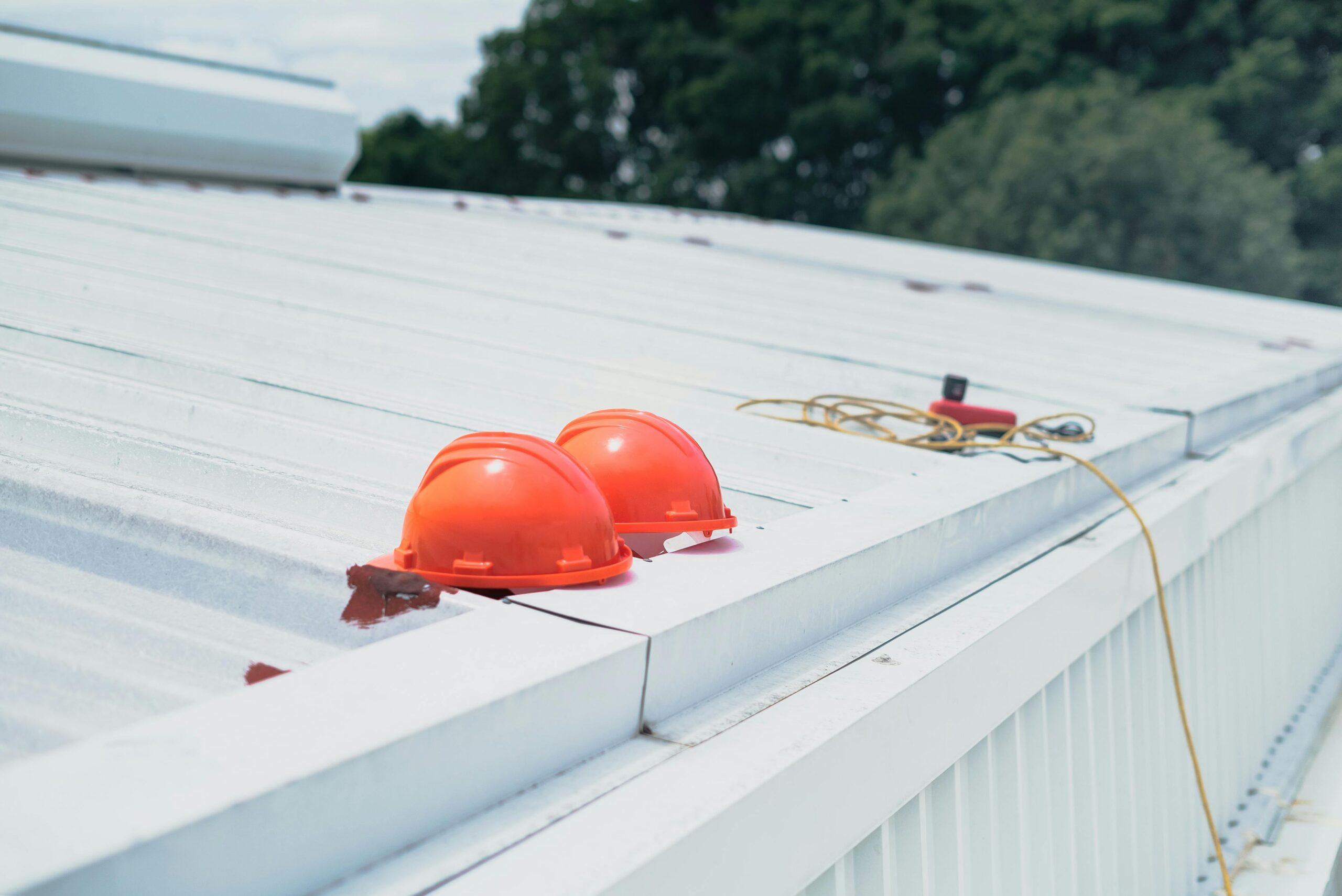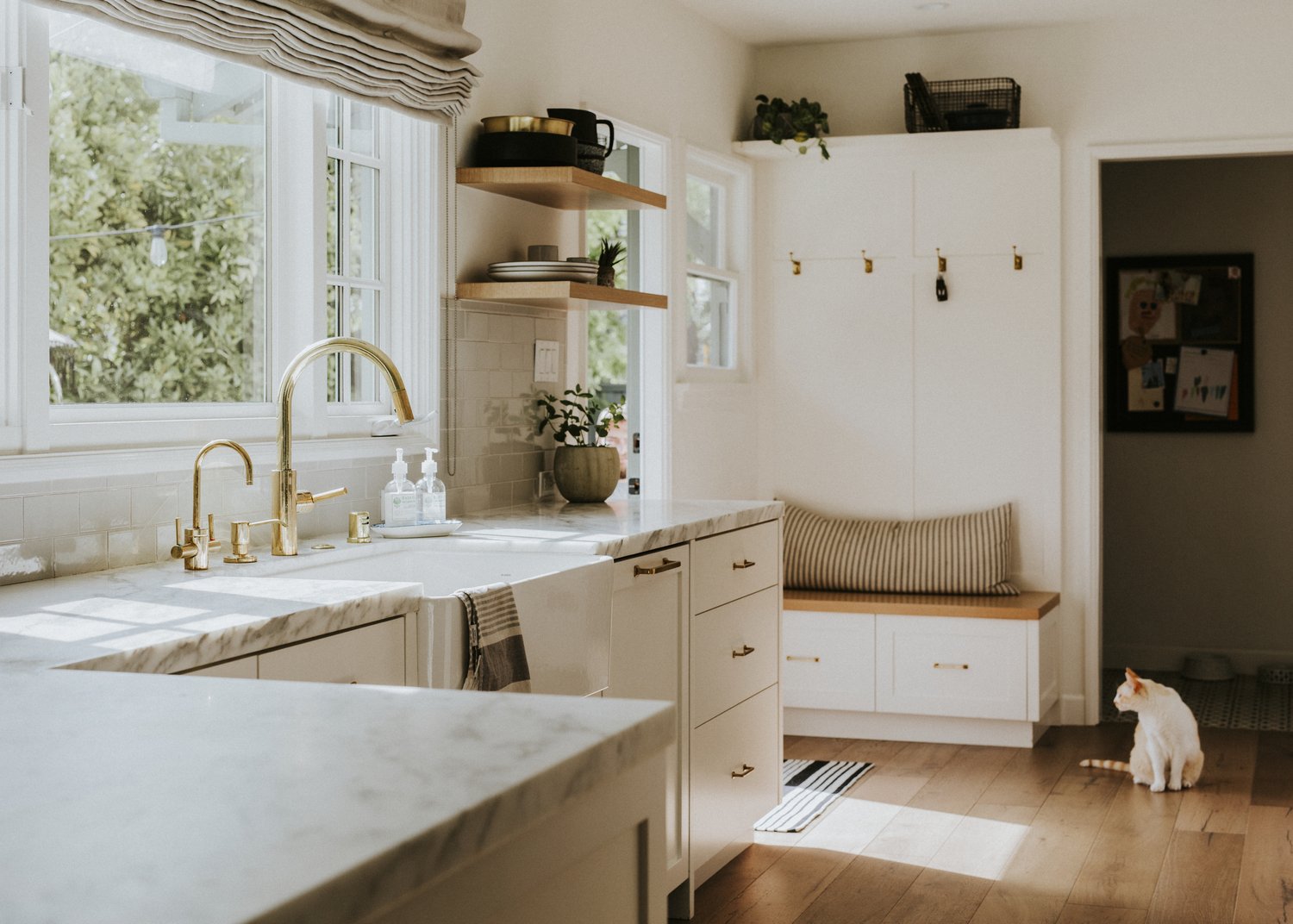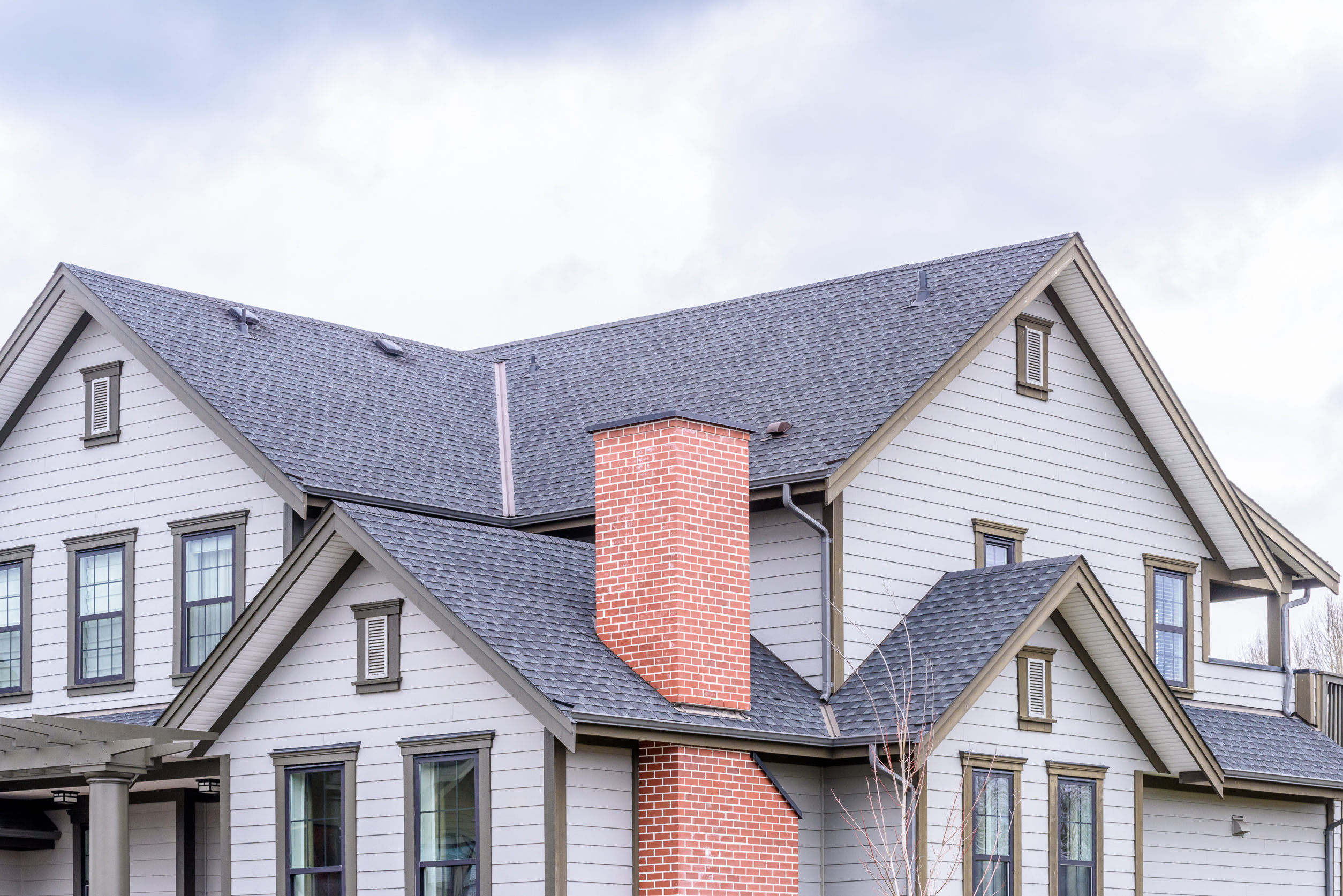Your roof silently protects your home from the elements day after day, yet it’s often the most neglected part of a house until a problem becomes impossible to ignore. Regular professional roof inspections can identify minor issues before they evolve into costly disasters. In this article, we’ll explore why these checkups are crucial for maintaining your home’s structural integrity, how frequently you should schedule them, and the financial benefits of this preventative approach to roof maintenance.
Why Professional Roof Checkups Are Essential
Many homeowners only think about their roofs when water starts dripping into their living rooms or when shingles litter their yard after a storm. This reactive approach often leads to extensive damage and expensive repairs that could have been prevented. Professional roof inspections involve trained specialists examining every aspect of your roofing system to identify potential issues that the untrained eye might miss. These experts can spot early signs of water damage, deteriorating materials, improper installation, or structural weaknesses that could compromise your entire roof system.
The roof checkup importance cannot be overstated when it comes to protecting your investment. A professional inspector will examine flashing around chimneys, vents, and skylights, check for loose or damaged shingles, look for signs of water intrusion, evaluate the condition of gutters and downspouts, and assess the overall structural integrity of your roof. They can also identify problems with attic ventilation that might lead to moisture buildup and eventually to mold or rot in your roof decking.
How Often Should You Inspect Your Roof?
The frequency of professional roof inspections depends on several factors, including your roof’s age, local climate conditions, and surrounding environment. As a general guideline, most roofing experts and organizations like AskHomey recommend having your roof professionally inspected at least once every two years for newer roofs and annually for roofs that are over 10 years old.
However, if you live in an area with extreme weather conditions such as frequent hailstorms, hurricanes, or heavy snowfall, you might need more frequent inspections. Similarly, if your home is surrounded by tall trees that drop debris onto your roof, additional inspections may be necessary. After any major storm or extreme weather event, it’s also advisable to have your roof checked for damage, regardless of when your last inspection occurred.
The Financial Benefits of Regular Roof Inspections
When homeowners consider professional roof inspection cost benefits, they often focus on the immediate expense rather than the long-term savings. The typical cost of a professional roof inspection ranges from $150 to $400, depending on your location, roof size, and complexity. This may seem like an unnecessary expense when your roof appears to be functioning properly, but the financial logic becomes clear when you consider the alternative.
Minor issues like a few damaged shingles or small leaks can often be repaired for a few hundred dollars when caught early. However, if these problems go undetected, they can lead to water damage that affects your roof deck, attic insulation, interior ceilings, and walls. Extensive water damage can easily cost thousands of dollars to repair, not to mention the potential for mold remediation which can add significantly to the total.
Moreover, regular professional inspections can extend the lifespan of your roof. Most residential roofs are designed to last 20-30 years, but without proper maintenance, they might need replacement much sooner. Considering that a complete roof replacement can cost anywhere from $5,000 to $15,000 or more, extending your roof’s life through regular maintenance and timely repairs represents substantial savings.
What to Expect During a Professional Inspection
A thorough professional roof inspection involves both exterior and interior examinations. On the exterior, inspectors will check for missing, damaged, or aging shingles, signs of rust or cracking on flashing, and the condition of fascia and soffit. They’ll examine gutters and downspouts for proper function and ensure that roof valleys—areas where two roof planes meet—are in good condition.
Inside your home, inspectors will check your attic for proper ventilation, signs of water intrusion, mold growth, and structural issues. They may also look for proper insulation levels, as inadequate insulation can lead to ice dams in winter, which can damage your roof and cause leaks.
After the inspection, you should receive a detailed report outlining any issues found and recommendations for repairs or maintenance. This documentation is not only valuable for immediate decision-making but also serves as a record of your roof’s condition over time, which can be useful for insurance claims or when selling your home.
Conclusion: A Small Investment for Significant Protection
Regular professional roof inspections represent a small investment that can save homeowners significant money and stress in the long run. By catching minor issues before they escalate into major problems, you protect not just your roof but your entire home. The professional roof inspection cost benefits far outweigh the potential expense of major repairs or premature roof replacement.
Establishing a regular schedule for roof checkups based on your specific circumstances ensures that your home remains protected year-round. Remember that your roof is your first line of defense against the elements, and proper maintenance is essential for it to perform effectively throughout its expected lifespan.
For more tips and to connect with reliable home service professionals, follow AskHomey on Facebook and Instagram.



